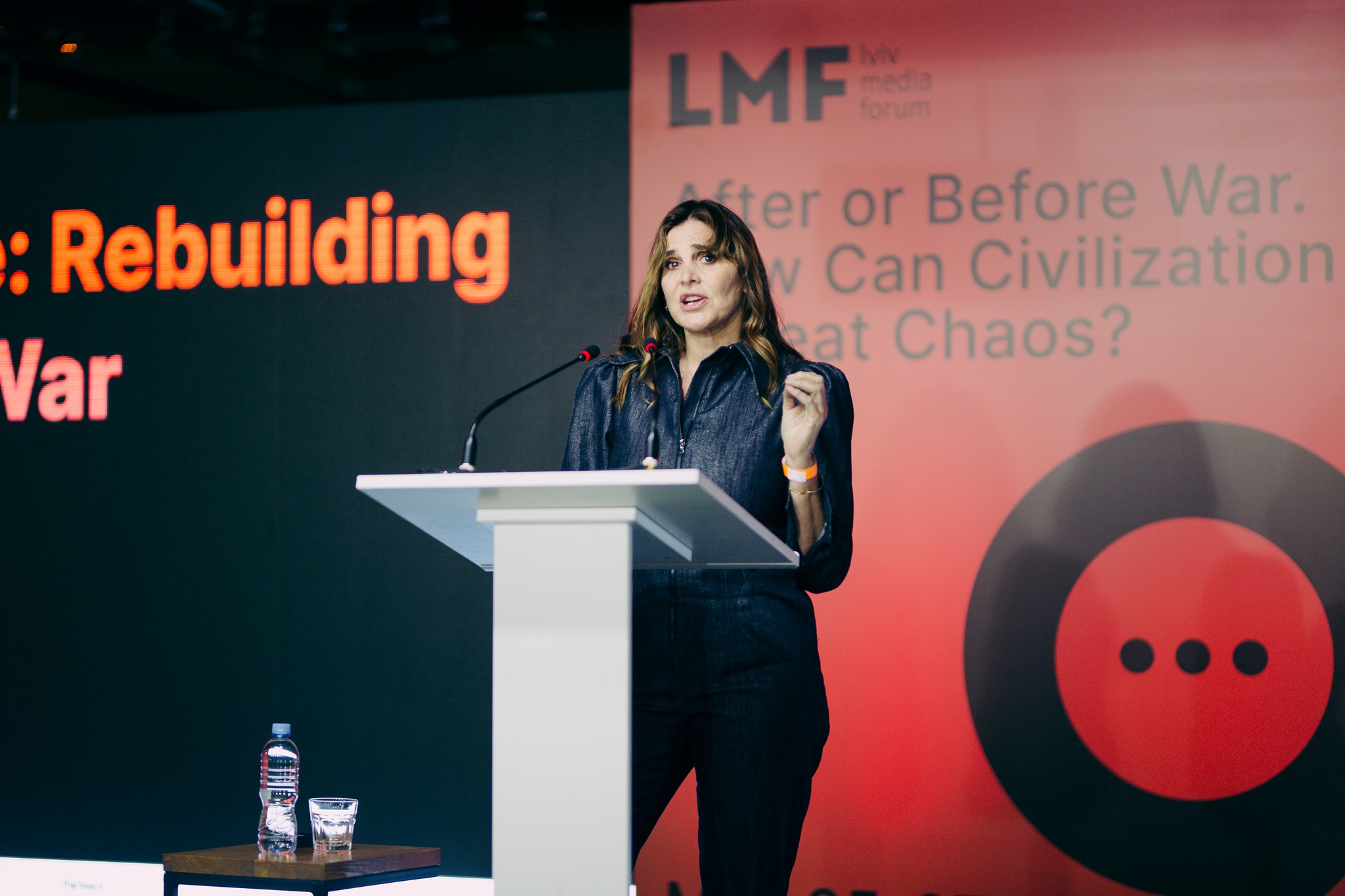Locking down the truth during a conflict is critical for post-war reconciliation, American war correspondent Janine di Giovanni told the audience during her talk at the 2023 Lviv Media Forum in Ukraine.
Here is an adapted version of di Giovanni’s speech.
Denial of war crimes, of what actually happened on the battlefield, is real, and it will happen here in Ukraine—unless we lock down the truth.
This denial is already happening today with two other recent conflicts that occurred in the 1990s: one in the former Yugoslavia, the other in Rwanda. In both cases, history is being rewritten by genocide deniers who seek to bury the truth for personal gain and power. We cannot let that happen in Ukraine. We know that the truth has been buried before here, over many decades of trans-generational trauma that's been inflicted on Ukraine from the countless wars, occupations, to the Holodomor, to the current, full-scale invasion.
This war is a brutal, unjust war, an attack on civilians who have done nothing to deserve to watch their families die, their houses scorched, their children sent to another country, and their identities erased.
But war does more than destroy buildings and homes. At its very core is the attempt to erode society. It dissolves the infrastructure of family, of ordinary life. The real intent behind Putin's gruesome playbook, which, by the way, is very similar to the playbook he used in Syria, where I spent many years, and in Chechnya, where I witnessed the fall of Grozny in 2000. He wants to whittle down the very concept of your identity, of what it means to be Ukrainian. His greatest fury is that you have fought back, and you refuse to be defeated.
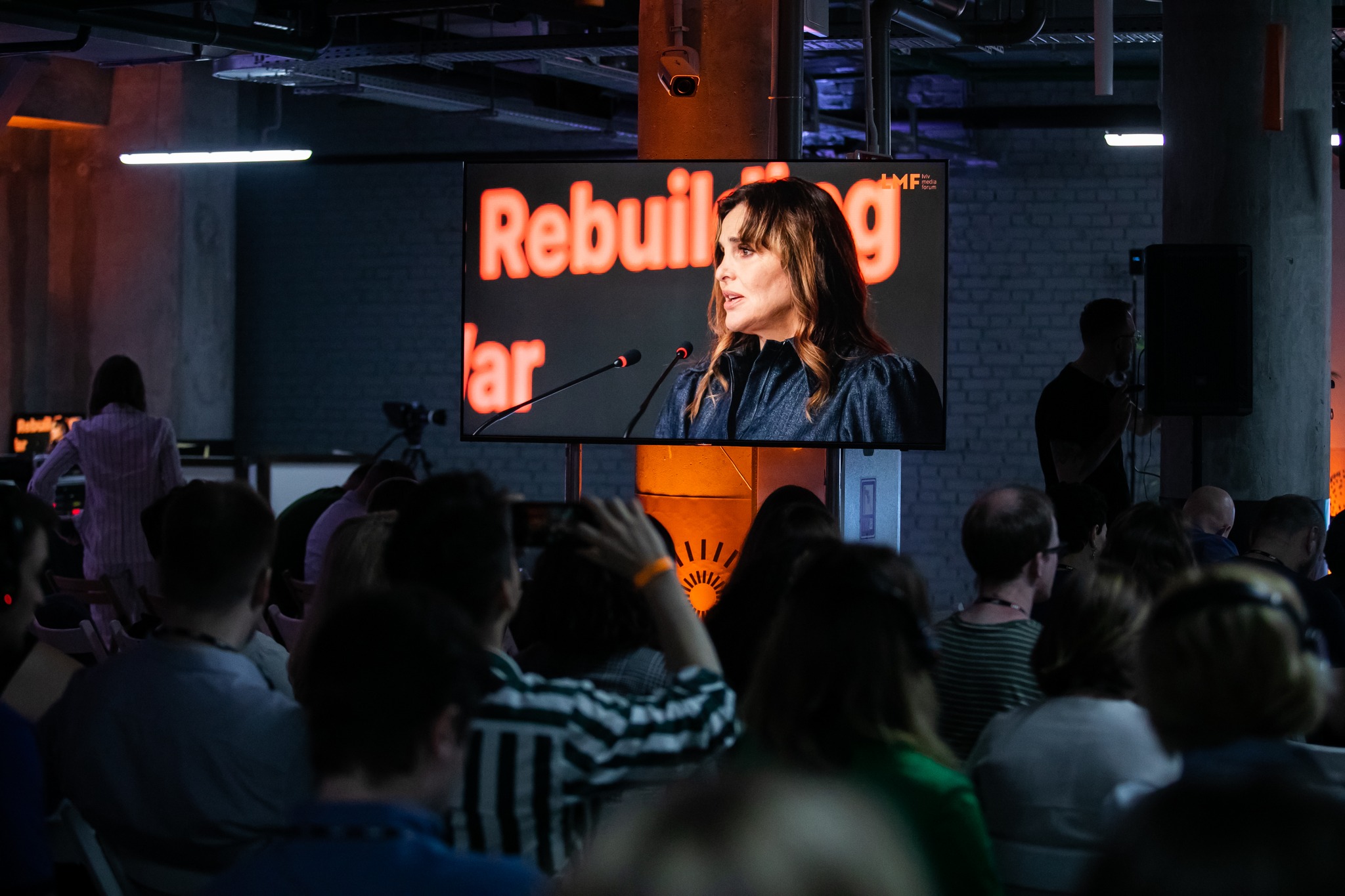
Iraq's perpetual cycle of violence and despair
I want to give a few examples of past wars and trauma, and countries that have managed to heal, but also countries that are still stuck in a cycle of violence and are absolutely unable to move forward towards healing. Iraq is a country that makes me unbelievably sad. It is still enveloped in devastating, heart-wrenching pain. I remember so well, before the invasion of Iraq in 2003 when Saddam Hussein was still in power, driving from the very south, Basra, to the north, Mosul, with an Iraqi friend in an Oldsmobile from the ‘70s, and seeing these incredibly beautiful date trees by the side of the road. Those trees line nearly every highway in Iraq. “Those date trees are symbolic of all of the souls of the Iraqi people through history, from Mesopotamia to modern-day Iraq,” my friend told me. A year later, the violence in Iraq was on an epic scale that none of us could have imagined. We knew the Iraqi people would never accept an occupation, but none of us really could foresee how desperately the souls of the Iraqi people would be ripped apart. “Until the violence ends in our country, but also in our hearts, until the vengeance ends, we will never be free again. We'll never be as free as those date trees," my friend told me. The occupation of Iraq led to horrific chaos, disorder, death, and destruction. It was a time when car bombs went off constantly. So, if you were a journalist and you were in a car stuck in traffic, it was absolutely the most terrifying thing, because it meant your chances of being near a car bomb were much higher. It was a time when ordinary people were kidnapped from their homes, right off the streets, from their jobs. It was a time of insurgency, sectarian violence, Sunni versus Shia, of intense vengeance.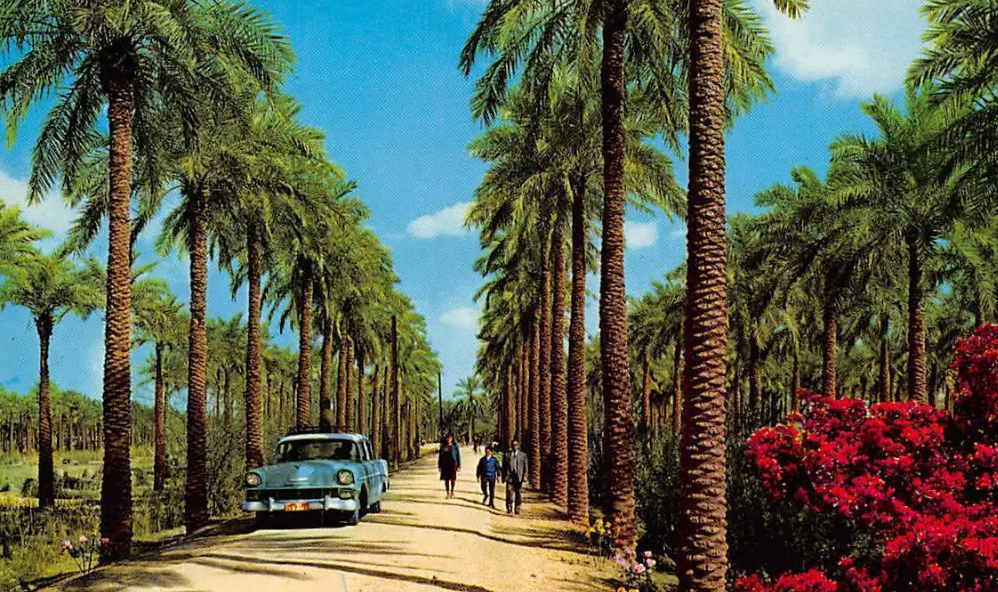
Bosnia's elusive path to healing in the aftermath of brutality
When I think of healing, I think of another country not so far from here and not so very unlike Ukraine. This other country also sustained brutality on a level that I did not think human beings were capable of inflicting on each other, levels of cruelty, and a descent into darkness, that, in my dreams, I did not think was possible. I'm talking about Bosnia and the city of Sarajevo, as beautiful as Lviv. Many parts of Lviv remind me of Sarajevo. This city, Sarajevo, underwent a medieval siege for nearly four years without water, electricity, and where hundreds of shells fell every day. This city was encircled by evil men who basically tried to crush the population. At one point, as a psychiatrist friend of mine estimated, the entire city had post-traumatic stress disorder. It had literally become a walking insane asylum because the people were so absolutely saturated with trauma. Outside of Sarajevo in central Eastern Bosnia, villages were being torched, women were being herded into camps, impregnated by the enemy. Men were taken to concentration camps.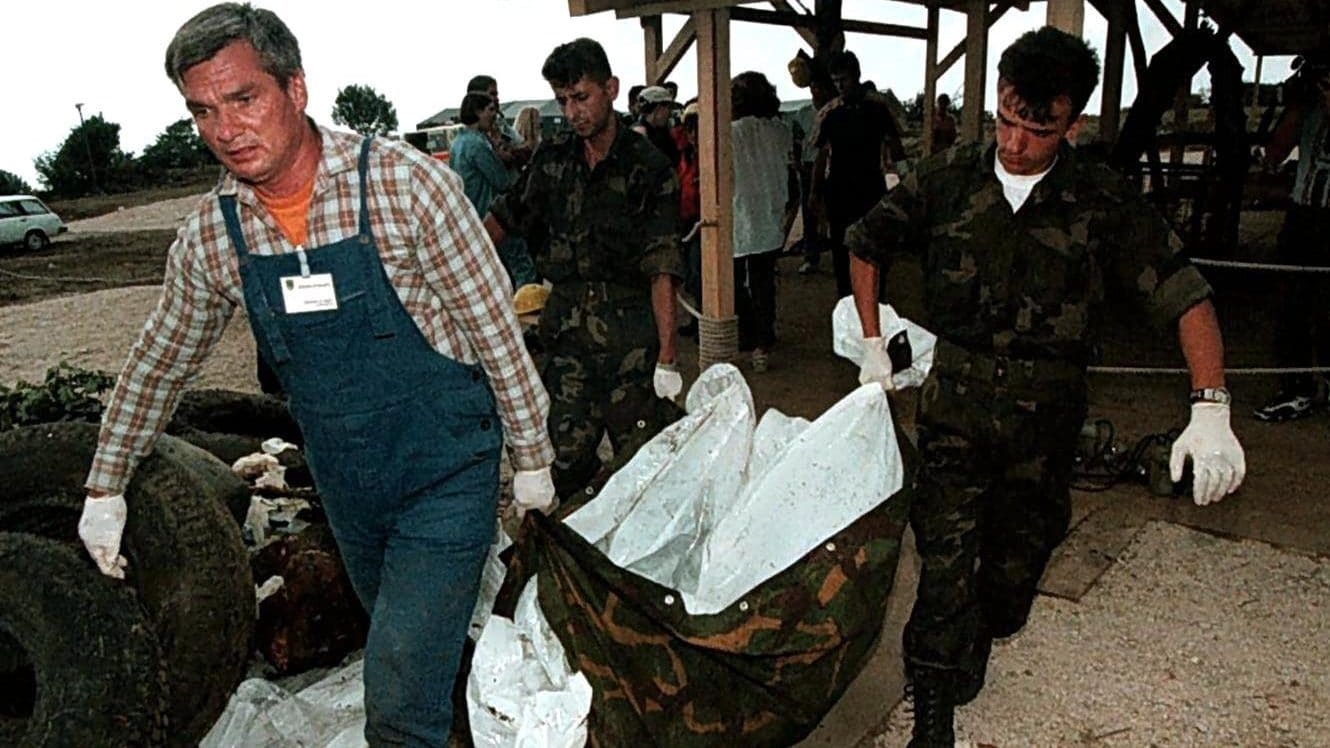
Rwanda's Gacaca courts a model for justice
These are two examples of extreme places, where there has not been justice, but let's look at Rwanda. Now, Rwanda was a place where one million people were slaughtered in one spring and summer. I have to stress that: one million people in three months. And to make it worse, most of them were killed with machetes. It's one thing to shoot someone. It's another thing to bludgeon them to death with a hack, with a machete. It's labor-intensive killing. So those people, the Hutus, who killed a million Tutsi, really wanted to kill them. They saw their faces when they were killing them. So you can imagine the pain and the aftermath of this. I have an image that I sometimes have nightmares about still, which is that I'm standing on a road and looking for miles and miles, as far as I could see—I could see bodies piled. Really piled, like I'm almost 5 foot 8, so it's like double my height. It went on for miles, dead bodies melting in the sun. As I walked down the road to see it, I wanted to imprint it in my mind forever. There were mothers holding their children, there were babies, there were old people. One of the influences when creating the Reckoning Project was how justice was dealt with in South Africa, through the Truth and Reconciliation Commission, and the Gacaca courts of Rwanda. I don't know if we can use the model of Gacaca courts in Ukraine, but I hope we, in some way, can develop this.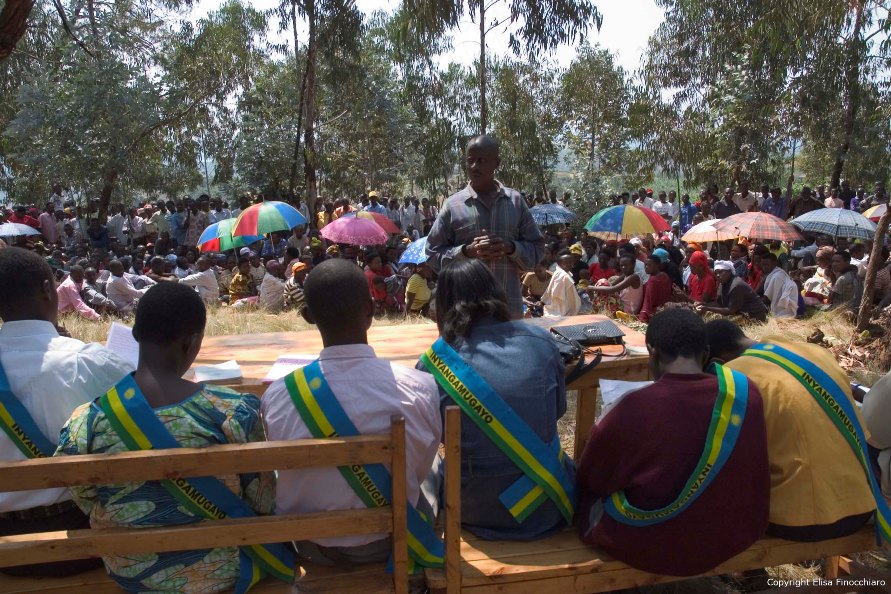
Obligation of witnesses: recording history and seeking justice in Ukraine
Why is it essential that we record the truth as the war is going on? An answer from the great Vietnamese writer Viet Thanh Nguyen goes like this, “All wars are fought twice: the first time on the battlefield; the second time in memory." For me, these are such powerful words because they explain the importance of being a wartime journalist and also being a recorder of history. People always ask me, in my more than 30 years in war zones, if it's destroyed me, if it's made me bitter, if it's traumatized me, or if I feel hopeless. And the answer is actually the opposite because, during wartime, I feel I've been privileged enough to see the greatest in people. We see evil firsthand, but we also see remarkable goodness, courage, and resilience. I've seen ordinary people become like gods, doing extraordinary things that they never thought they would be capable of. Superheroes really do exist, and I've seen this over and over again in Palestine, Syria, Yemen, Congo, Sierra Leone, and now in Ukraine. I always say that I'm so privileged to do the work I do. [Journalists] are privileged to be witnesses because we hold the keys to historical memory. We are also responsible, along with the prosecutors, the lawyers, and the war crime investigators, to bring justice to post-war Ukraine. At the Reckoning Project, we take witness statements, verify them, then they are locked down. They are there forever. No one can ever say this didn't happen because we have witness statements. No one can say it didn't happen in Bakhmut, it didn't happen in Kherson, it didn't happen in Mariupol.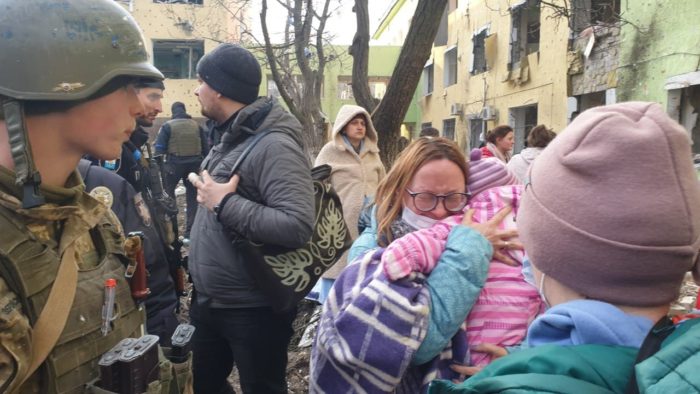
Photo: Polk Azov / Telegram
